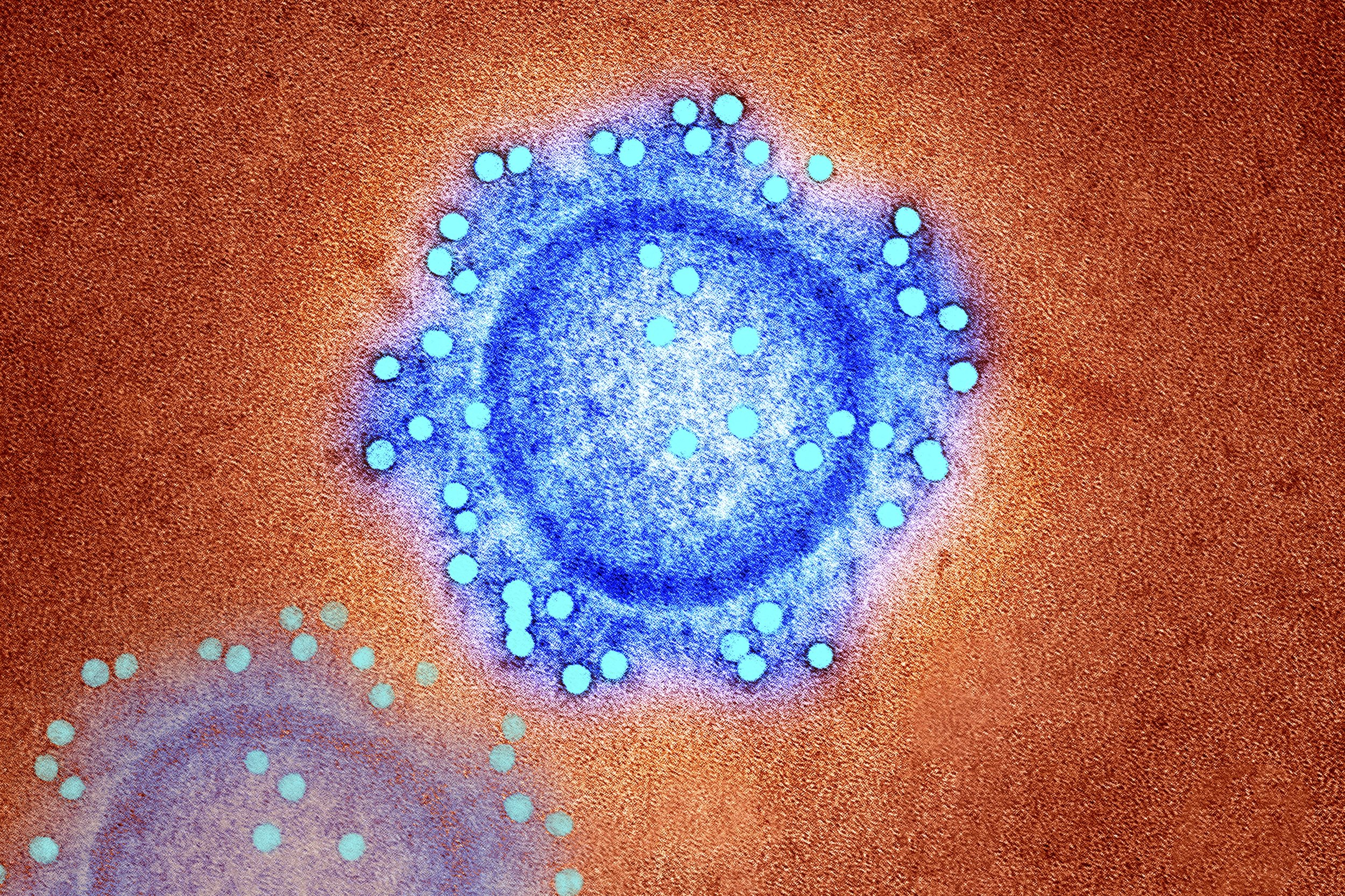At a glance
The experience of COVID-19 seems to have provided some valuable institutional lessons for the UK Government.
But pathogens engineered at home by malicious actors may be even deadlier and harder to stop than COVID-19. These Flatpack Pathogens could kill billions.
The Government has important policy levers at its disposal. Solving issues such as lack of lab space, vaccine development and deployment, and reinforcing international commitments on pandemic preparedness, is vital to making sure Flatpack Pathogens do not become the new normal.
Pathogens brought armies of men down to their knees, whole countries to an early grave, and put our world in frantic disarray. Variola major (Smallpox) and Yersinia pestis (the Plague) inflicted untold suffering and the death of 300 million and 50 million people, respectively. COVID-19 alone killed over 15 million people according to the WHO. Numbers nor words can express the pain and loss incurred.
Supposedly we are more prepared for the next pandemic, having gone through the antifragility-inducing mistakes of the last. The argument goes that the UK’s development of vaccines, diagnostic tests, and therapeutics used to battle COVID-19 can be repurposed, or at least help us in the next pandemic. But what if our next pandemic is nothing like the first?
Naturally-occurring pathogens have a key weakness, though: they are susceptible to natural conditions and man-made vaccines. What would happen if a pathogen is adapted to no longer have these deficiencies? You can now edit these pathogens for gain-of-function - making them more infectious, deadly, and robust in the face of vaccines and lockdowns alike. These engineered microbes may surpass the destructive potential of anything we’ve ever seen before. And this can already be done in the laboratory. But surely these Frankenstein’s monsters will stay in the lab? Surely..?
There are fears that the next pandemic may stem not from a lab, but from a secret hideout, or mum and dad’s basement. What happens when pathogen-making is democratised and everyone from terrorists to overeager chemistry students can order their pandemic kits online and create the next killer germ?
No pain no gain-of-function
Millions died and billions was spent in the successful fight against Smallpox. Bringing it back would probably take a small team with basic specialised knowledge half a year and cost about $100,000, says virologist Dr. David Evans of the University of Alberta.
As our gene-editing powers increase, so does this risk of new, designer pathogens being engineered ‘at-home’. A ‘Flatpack Pathogen’ could be made by a (take a breath) clustered regularly interspaced short palindromic repeats (CRISPR) technology that can be used to edit genomes in any way they like - giving humans the power of altering biological matter.
The Biological Weapons Convention (BWC) which prohibits biological weapons, entered into force on 26 March 1975, has over 183 countries signed up. But how do we police those pathogens which won’t be made by states? Because it is likely that bioterrorists are already looking at ways to bring about an engineered attack on their enemies. Such an attack, at $100,000 for a smallpox reintroduction, is not necessarily past the resources of many well-funded terrorist groups.
David Evans discovered this fact in 2017. 6 years on and, as the technology continues to improve, the skills necessary to put together a Flatpack Pathogen decreases:
‘Whereas only state actors historically had the resources to develop and employ biological weapons, SynBio is changing the threat paradigm.’ (Wickiser et al, 2020)
How can the United Kingdom counteract this?
Obviously pathogens, much like flying birds, do not respect borders… but it is nonetheless essential that the UK’s regulatory frameworks still seeks to address emerging biosecurity concerns. The following policies would be a good start:
Make sure ‘customers’ are appropriately screened before they can buy gene-editing materials.
Commit to funding and delivering on the 2022 Biosecurity Strategy Refresh.
Establish the UK as a global leader in technological innovation by directing R&D funds to explore technologies with the potential to mitigate biological risks.
Increase lab space availability to help the UK become a technological innovation leader.
Update regulatory process to enable rapid approval of vaccine updates every time there is a new pathogen of concern.
Invest in vaccine platforms and proactively assess viral threats on an ongoing basis, developing fast-moving responses.
Avoiding the next pandemic like the Plague
As well as the huge amount of life lost, the education years lost by our youngest and most vulnerable in society, businesses ruined, the COVID-19 pandemic wrought economic damage on the UK’s finances. We spent hundreds of billions on a plan which we seemed to make up on the fly. We need to be better equipped come the next naturally-occurring pandemic or Flatpack pathogen.
Bibliography
Nelson, C., (2019), Engineered pathogens: the opportunities, risks and challenges, Future of Humanity Institute, (pg. 34-39).
Almosara, J., (2010), Biotechnology: Genetically Engineered Pathogens, Counterproliferation Paper, No. (53).
Wickiser, J. K., et al, (2020), Engineered Pathogens and Unnatural Biological Weapons: The Future Threat of Synthetic Biology, Combating Terrorism Center at West Point, Vol. (13,) Issue. (8).
Centre for Long-Term Resilience, (2022), Biosecurity: The Opportunity to Transform the UK’s Resilience to Extreme Risks.
Lawson, J., and Lesh, M., (2021), Life with COVID: Boosting Vaccines, Injecting Resilience and Protecting Liberty, Adam Smith Institute.

